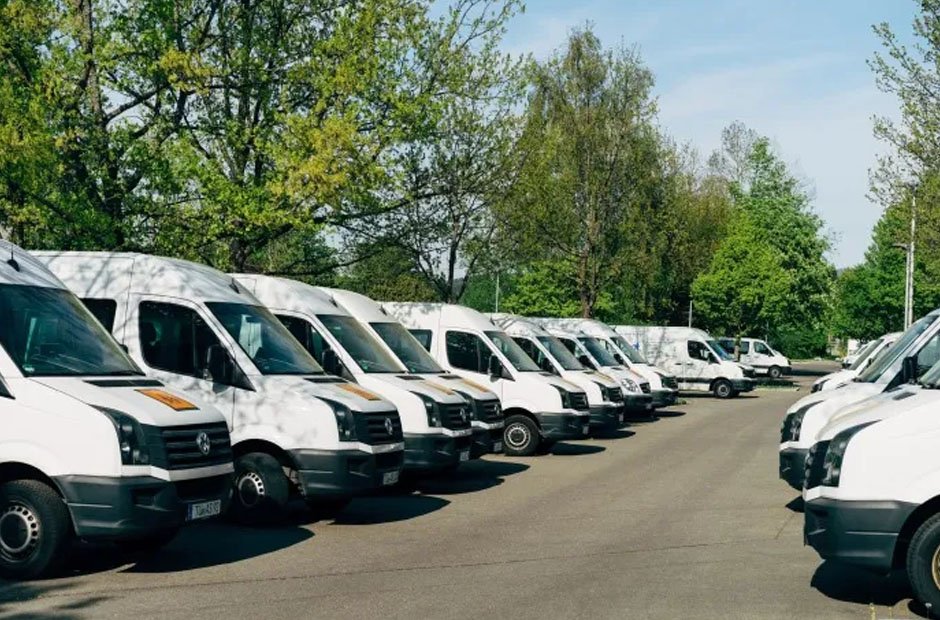Fleet owners and managers recognize that success in today’s transportation landscape hinges on both safety and operational efficiency. Vehicle upfitting—customizing and modifying cars to align with specific job functions—offers unmatched potential to transform a generic fleet into a tailored asset. Organizations like TCS Upfitting are leading the way, providing solutions that empower fleets with greater reliability, optimized workflows, and heightened protection for both drivers and cargo.
Fleet vehicles are often subjected to heavy use, varied environments, and complex logistics. Upfitting isn’t just about adding flashy accessories—it’s a strategic investment in safety standards, cost reduction, and adaptability. By implementing purpose-fit enhancements from reputable upfitters, businesses of all sizes can increase uptime, reduce employee injuries, and achieve significant long-term savings.
Effective vehicle upfitting increases compliance with evolving safety regulations and can even improve employee satisfaction. With modifications tailored specifically to address the job’s challenges, field crews work more efficiently and with greater confidence. In turn, companies report better retention and reputation in a competitive landscape.
Beyond the nuts and bolts, staying informed about best practices and industry innovations is vital. Understanding how upfitting impacts daily fleet operations, from driver well-being to environmental sustainability, empowers decision-makers to achieve a higher standard of service.
Understanding Vehicle Upfitting
Vehicle upfitting customizes a vehicle beyond its factory configuration, allowing it to meet unique industry challenges. It can involve installing shelving and storage, advanced lighting, specialized racks, ergonomic steps, and integrated communications tools. Upfitting addresses needs specific to field service, delivery, or emergency response—where every second and every piece of equipment counts.
The goal is clear: to maximize both productivity and personnel protection. Partners with expertise in upfitting provide invaluable guidance in assessing fleet needs, suggesting solutions, and implementing upgrades. These efforts help businesses transform single vehicles or entire fleets into fit-for-purpose assets.
Boosting Safety Through Upfitting
Keeping drivers and equipment secure is a major motivator for upfitting. Common safety upgrades include crash-tested partitions to keep cargo from entering the cab during an accident, reinforced flooring, and slip-resistant steps and handholds. Illuminated grab bars and sensor-assisted cameras enhance visibility and facilitate safer maneuvering, which is crucial for vehicles operating in unpredictable environments.
Improved safety through upfitting also translates to fewer workplace injuries, fewer workers’ compensation claims, and a demonstrably safer fleet. As safety regulations become more stringent, upfitting helps businesses stay compliant, reducing the risk of compliance fines and legal issues.
Enhancing Efficiency with Custom Modifications
Every second spent searching for tools or supplies wastes valuable time. Custom storage and organizational systems(such as modular shelving and lockable tool drawers) not only protect assets but also streamline workflows, enhancing overall efficiency. Crews can quickly locate everything they need, complete jobs more efficiently, and spend less time on administrative tasks, such as inventory checks.
When vehicles are tailored to meet operational needs, turnover times decrease and job completion rates increase. Integrated communication devices, such as dispatch radios or mobile hotspots, enable teams to coordinate in real-time, reducing delays caused by poor information flow or unexpected job complexities. Companies often report measurable gains in daily productivity after investing in thoughtful upfitting.
Technological Integrations for Modern Fleets
Telematics and digital innovations are now standard considerations in modern upfitting projects. GPS tracking, real-time diagnostics, driver behavior monitoring, and route optimization provide managers with unparalleled data to inform their decisions. These tools improve fuel efficiency, pinpoint maintenance needs before breakdowns occur, and help optimize routing for on-time service delivery.
As fleets become more connected, integrating digital dashboards and smart sensors can provide drivers and managers with immediate feedback, promoting accountability and proactive problem-solving. Industry reports indicate that fleets utilizing advanced technology report up to 15% lower fuel costs and significant declines in unauthorized vehicle use.
Lightweight Materials and Fuel Efficiency
The adoption of lightweight yet durable materials—such as aluminum instead of steel—makes a drastic difference in overall fleet performance. Less weight allows for improved fuel economy, greater payload capacity, and reduced engine wear. These gains are especially pronounced in delivery and service vehicles that log thousands of miles per year.
Embracing upfitting with a focus on sustainable, fuel-saving materials lets companies lower costs while demonstrating environmental stewardship—important as state and federal emissions requirements evolve. For more on the ecological impacts, the U.S. Environmental Protection Agency (EPA) offers comprehensive resources.
Considerations for Effective Upfitting
Successful upfitting projects require thoughtful planning. Key considerations include evaluating the unique demands of each fleet, establishing clear ROI metrics, and setting realistic budget parameters. Partnering with experienced professionals is crucial to ensure all upgrades address operational needs without introducing new risks or exceeding compliance limits.
Staying abreast of industry trends—such as electric vehicle upfitting or the rise of modular customization—can provide a long-term competitive edge, ensuring fleets remain adaptable to evolving business needs.
Conclusion
Vehicle upfitting is a crucial strategy for organizations seeking to enhance safety, efficiency, and longevity across their fleets. With tailored enhancements from industry leaders, companies stay compliant, protect their teams, and deliver superior results for clients and communities. As technology and operational demands advance, upfitting provides a flexible path to maintaining a best-in-class fleet—today and for the future.



